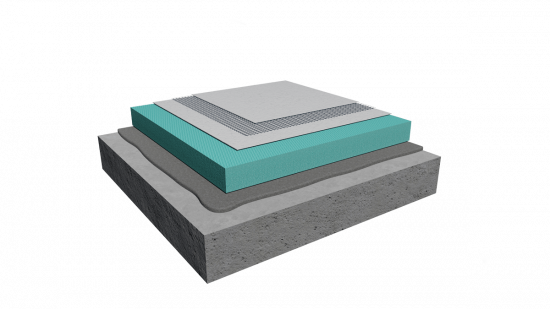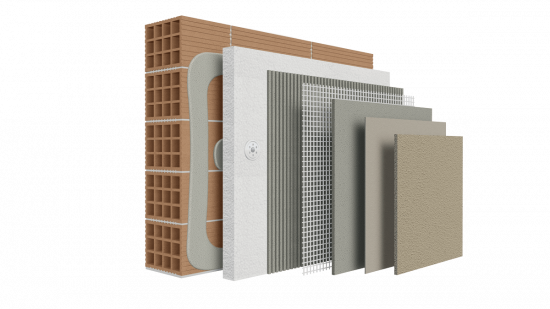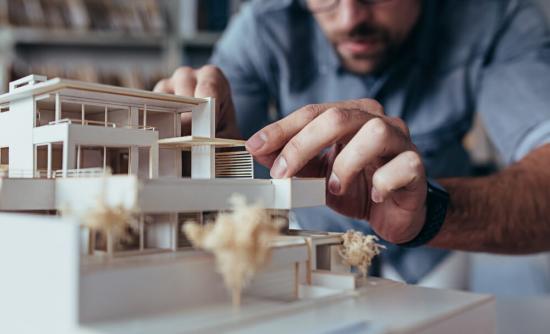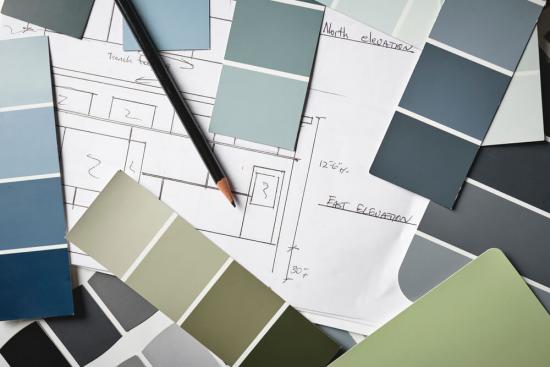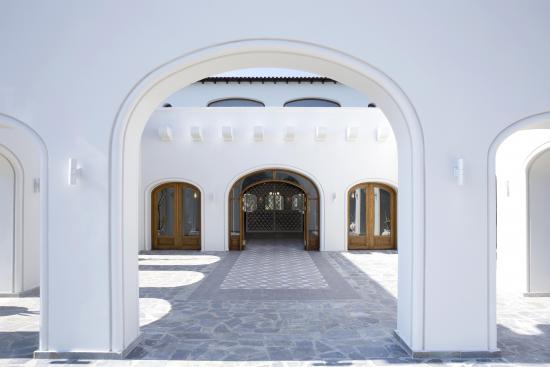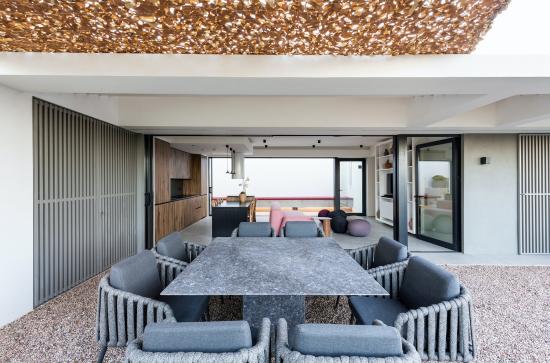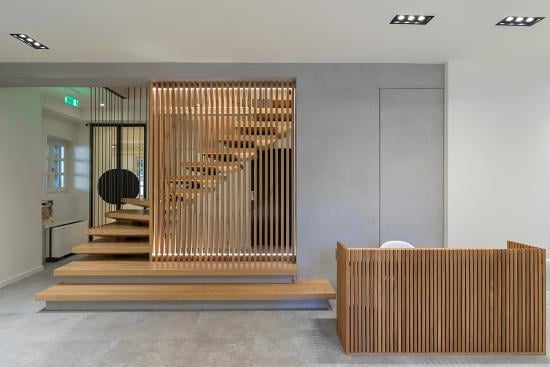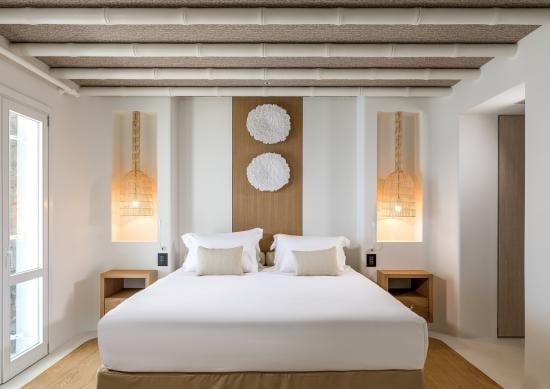Common Building Issues
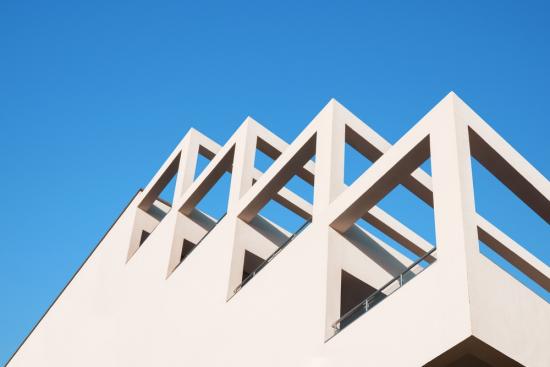
A. MOISTURE AND THERMAL COMFORT
The presence of moisture in building materials may deteriorate the efficiency of existing thermal insulation by up to 50%.
Water is a good heat conductor and essentially facilitates the ingress of heat in buildings during the summer. Also during the winter, it facilitates the transmission of interior heat to the environment. This results in increased cost of cooling and heating while, at the same time, cooling and heating of indoor spaces becomes inadequate. Premises get unhealthy (mildew, heavy smell) and this adversely affects the tenants’ thermal comfort.
As already mentioned, the concept of thermal comfort refers to the subjective sense of satisfaction from the ambient temperature. Factors that influence the creation of thermal comfort conditions are environment - specific such as moisture, temperature and air circulation, as well as subjective factors such as tenant age and clothing.
The tenants’ thermal comfort is ensured through proper building thermal insulation; the latter is ensured from the absence of humidity in construction materials and the interior of the building.
Β. MOISTURE & CAPILLARY CRACKS
Furthermore, a major source of capillary crack development is sharp fluctuations of construction element temperature in very short periods (morning – evening).
This results in the abrupt thermal expansion of construction elements. In fact, where dissimilar construction components are joined (finishing render – concrete) and these have different thermal expansion coefficients, or where motion is restricted (e.g. casings, steel parts encased in finishing render etc.), wide temperature variations result in capillary effects; these are much more acute and often exceed the category of capillary effects, becoming minor cracks.
If then we have the ability to contain temperature variations and make them as gradual as possible, another major factor for the development of capillary effects will be essentially contained.
This is possible by increasing the thermal inertia of walls through the use of high thermal capacity materials, so that the heat absorbed by structural parts is stored without being rapidly transferred to building interiors in the summer, or to their exterior in the winter.
C. SHARP FLUCTUATIONS OF TEMPERATURE & CAPILLARY CRACKS
Furthermore, a major source of capillary crack development is sharp fluctuations of construction element temperature in very short periods (morning – evening).
This results in the abrupt thermal expansion of construction elements. In fact, where dissimilar construction components are joined (finishing render – concrete) and these have different thermal expansion coefficients, or where motion is restricted (e.g. casings, steel parts encased in finishing render etc.), wide temperature variations result in capillary effects; these are much more acute and often exceed the category of capillary effects, becoming minor cracks.
If then we have the ability to contain temperature variations and make them as gradual as possible, another major factor for the development of capillary effects will be essentially contained.
This is possible by increasing the thermal inertia of walls through the use of high thermal capacity materials, so that the heat absorbed by structural parts is stored without being rapidly transferred to building interiors in the summer, or to their exterior in the winter.
D. HIGH TEMPERATURES
High temperatures are an increasing concern in our country. These tend to continuously increase the share of household costs spent on cooling equipment, as opposed to heating equipment.
Frequent, and - most importantly - prolonged heat waves lead to the consistent overheating of construction materials, the ground and the environment. This respectively leads to the peculiar feature presented by construction materials having high heat permeability coefficient U, that is to transfer the absorbed heat to interior spaces by convection.
The high-temperature issue can be successfully tackled thanks to the modern high technology of cool materials.
Ε. INDOOR AIR QUALITY
The concealed respiration of the building shell, the exterior walls, roofs and terraces, is a key factor for interior space hygiene; the prevention of moisture concentration; and good indoor air quality.
The presence of thermal bridges, i.e. weak building spots with compromised thermal insulation properties, significantly contributes to the development of water vapour condensation on indoor surfaces of structural components; the result is the occurrence of conditions such as mildew and fungi, therefore the development of an unhealthy environment.
The main causes of this effect are inadequate consumption application methods; breaks in the thermal insulation layer; or the absence of the latter - even reduction of its thickness.


